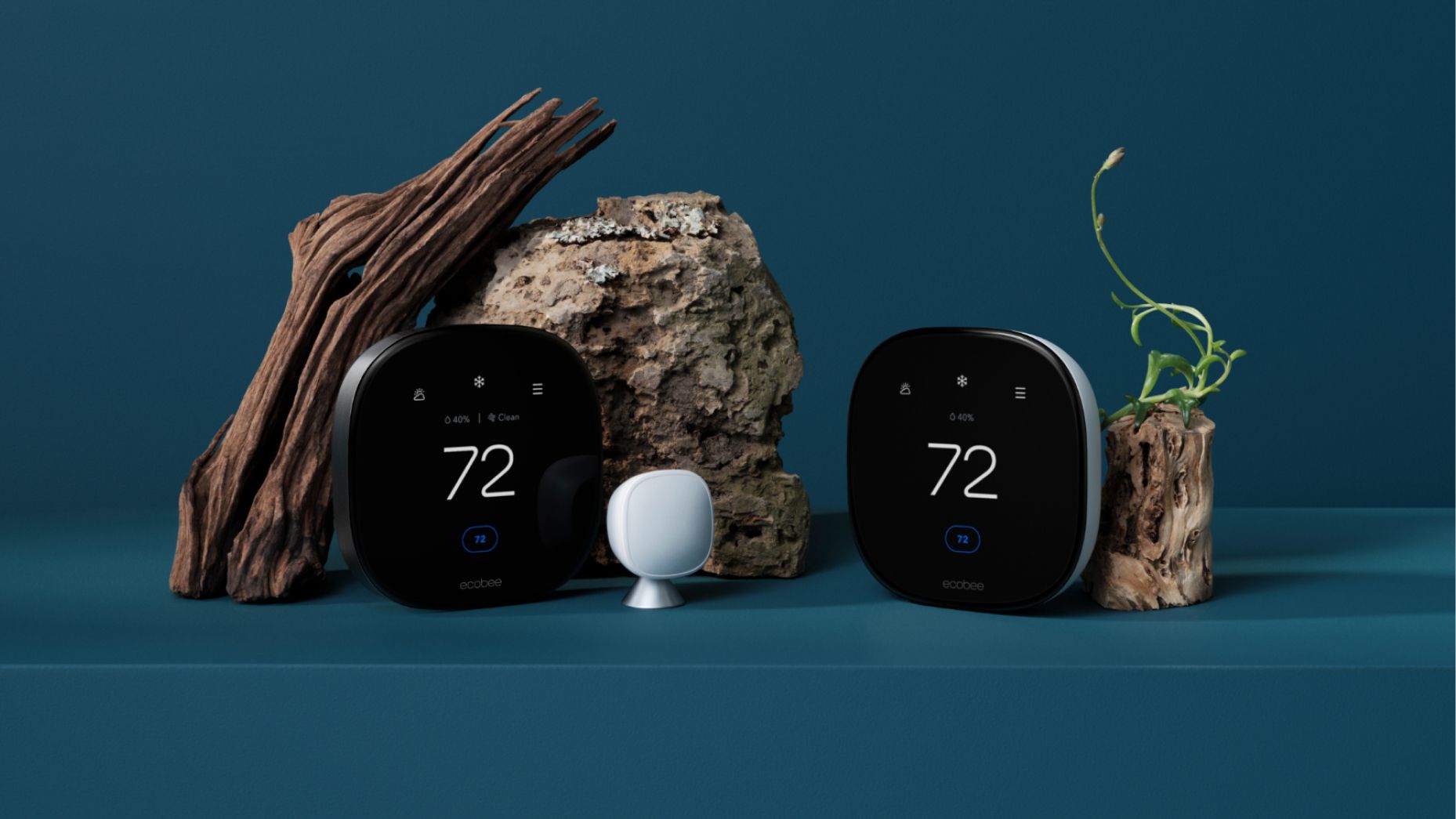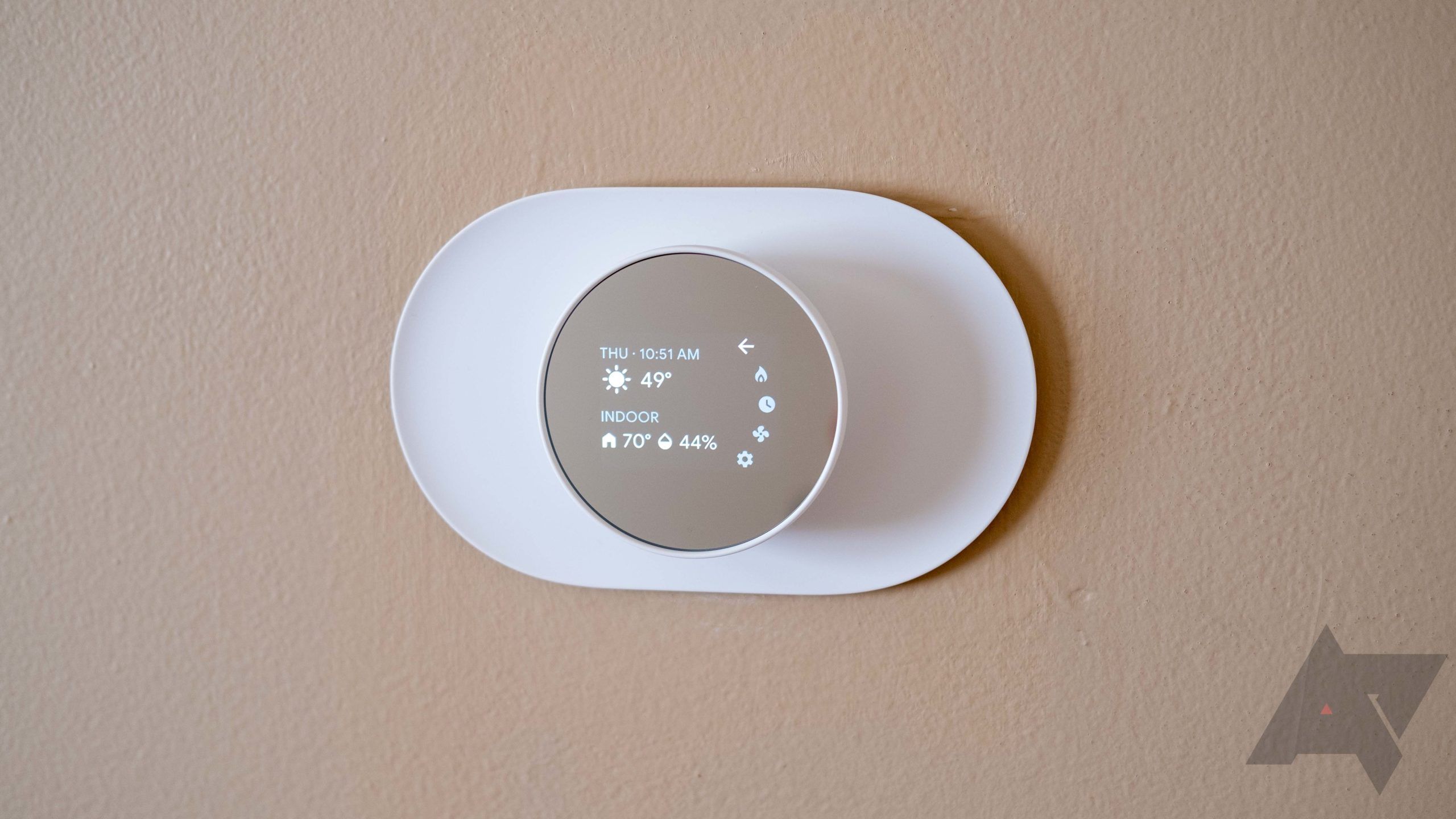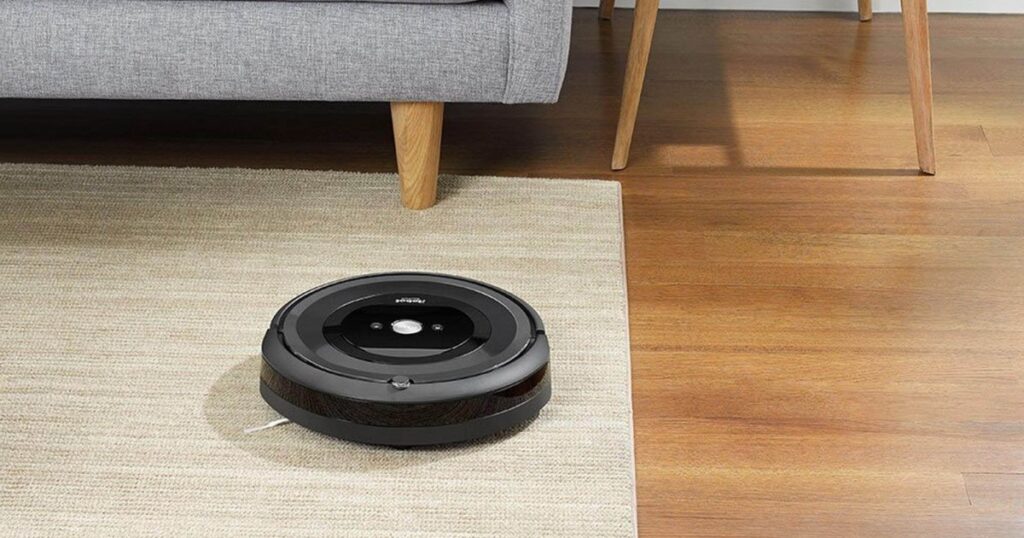Smart thermostats are more popular and effective than ever. Buying and installing one might seem like a complex undertaking on the surface, but it’s worth it for one of the most useful smart devices you can add to a home.
Depending on your needs and budget, there’s a wide variety of options with features ranging from remote access and simple schedules to learning algorithms that tailor your HVAC system to your usage patterns. Besides, most smart thermostats support Apple HomeKit, Google Assistant, SmartThings, and Alexa integration, allowing you to make changes from your phone or tablet. Make sure you choose one compatible with your preferred voice assistant and smart ecosystem.
Which smart thermostat is right for your home?
Google Nest Learning
Best overall
Intuitive, user-friendly interface
$190 $249 Save $59
Widely hailed as the best, Google’s Nest Learning Thermostat is as user-friendly as they get. Over time, it automatically tailors its operation to the usage trends it picks up on, so you have to do less and less micromanaging to stay comfortable. It’s also great for aesthetics, as it looks considerably nicer than most others.
- Premium construction
- Straightforward, easy operation
- Supports external room sensors
- Will not receive Matter support
- Remote sensors limited to temperature
Smart thermostats don’t get much easier to use than the Google Nest Learning thermostat. They don’t get much easier to install, either, as it’s one of the few smart thermostats available that don’t require a C-wire or any major electrical work. Once installed, it looks quite a bit better than other smart thermostats in most homes — provided that this thermostat’s sleek, minimalist design appeals to you. It also periodically recharges itself when the HVAC system is running.
As far as performance goes, its learning algorithms mean you can pretty much just “set it and forget it” for regular use. You can, of course, still program schedules and geofencing contingencies, but you can also just let it do its thing. It’ll eventually adjust, only requiring manual adjustment when you change your general routine.
Google’s Nest Learning Thermostat may be close to perfect, but it’s not quite there. There are no plans to bring support of the Matter protocol to this device, and while you can scale your smart climate system with remote sensors, they only monitor temperature and not other factors like humidity. As a plus, this Nest thermostat supports up to 20 individual home zones (but you’ll need an additional thermostat for each new zone).
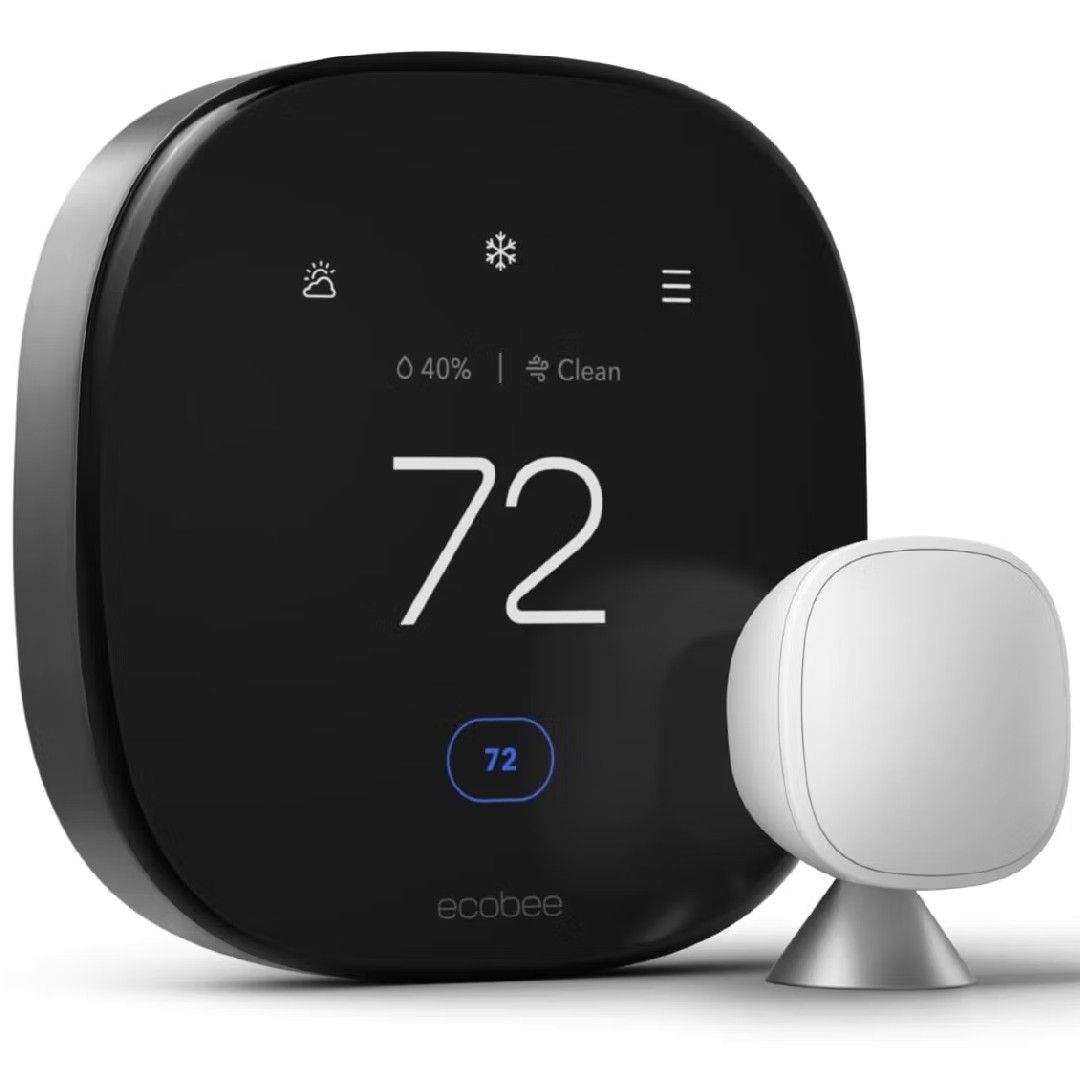
Ecobee Premium
Premium pick
Wide selection of powerful features
$216 $250 Save $34
The Ecobee Premium makes a great option if you’re just setting up a new smart home, partly because of its built-in Amazon Alexa speaker. Of course, it’s also compatible with Google Assistant, SmartThings, and HomeKit, so it’s worth looking into if you want a full-featured thermostat regardless.
- Supports air quality monitoring
- Dual-band Wi-Fi connectivity
- Uses learning algorithms to suggest changes
As long as the price doesn’t put you off, the Ecobee Premium is one of the best thermostats you can buy. It works with all the current major smart ecosystems (including Apple HomeKit) and sports an attractive build with a slick-looking zinc body and glass touchscreen.
Its feature set is the widest on the market, easily making a valid argument for its price, and includes a remote sensor and air quality monitoring. The handy radar-based motion detection helps it know when somebody’s home and if the HVAC system should run, but you can also use geofencing like with any high-end smart thermostat. This thermostat is a great choice for Alexa homes; with its integrated microphone and speaker, the Ecobee Premium is a natural extension of Amazon’s voice assistant.
Ultimately, it’s the best premium choice for most users, especially those not attached to the Google ecosystem. Alexa and Siri users, in particular, will appreciate the integrated smart speaker that works with either voice assistant. While it likely won’t ever support the Matter standard, Ecobee went to great lengths to ensure its wide-ranging compatibility and impressive functionality. Like the top-end Google Nest, it even charts usage patterns and uses advanced algorithms to recommend the best way to adjust it for peak comfort and efficiency.
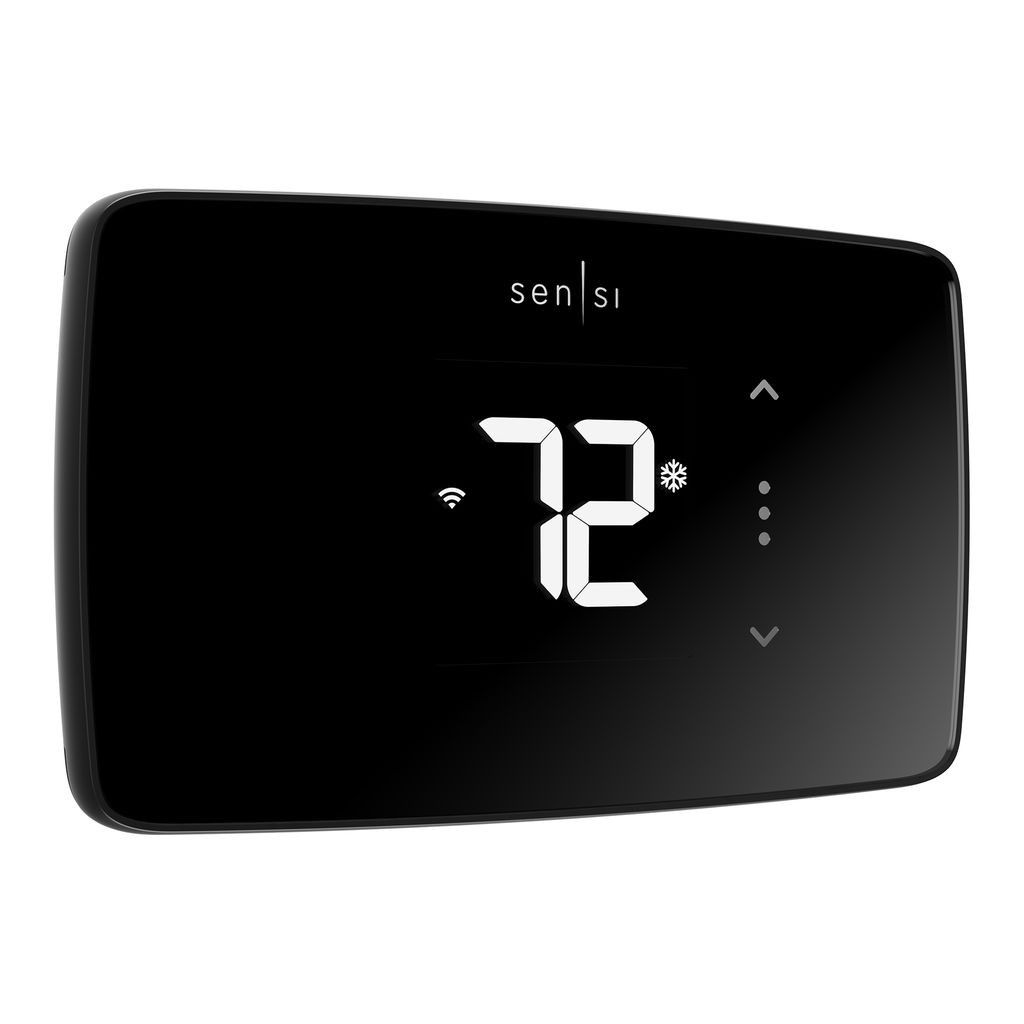
Sensi Lite
Best value
A powerful and affordable newcomer
$76 $90 Save $14
The Emerson Sensi Lite offers no-nonsense heating and cooling solutions, replicating all the features of a typical thermostat while adding remote access and scheduling from anywhere in the world. It’s also one of the few that can run on battery power, which is great for older homes that don’t have a C-wire installed.
- As affordable as they get
- All the basic smart features most people need
- Compact and good-looking
- Doesn’t work with room sensors
- No learning algorithms or suggestions
If you’re looking for something that allows remote access and programming but doesn’t cost a ton or have a bunch of fancy features you won’t use, Emerson’s new Sensi Lite is the way to go. It supports Amazon, Google, and Samsung’s smart home platforms. The Sensi Lite keeps its priorities list short, basically operating like a traditional thermostat but with added remote control via the mobile app and schedule capabilities.
Notably, it’s one of the rare thermostats that doesn’t require a C-wire on most systems (you may need one if your system only heats or only cools) but can instead run on two AAA batteries. This removes the paranoia-inducing headache that is hardwiring anything electrical, especially for smart home beginners or renters who can’t make permanent alterations.
While there are a few caveats — the Sensi Lite lacks a handy permanent hold feature, some users say, and you may experience a few blips in connectivity — this thermostat holds tons of appeal in its simple functionality and affordability. Not only is it easy to install, but its streamlined app is simple for even smart home beginners to understand. If you’re not interested in room sensors, air quality monitoring, or similar advanced features, the Sensi Lite is a great choice.
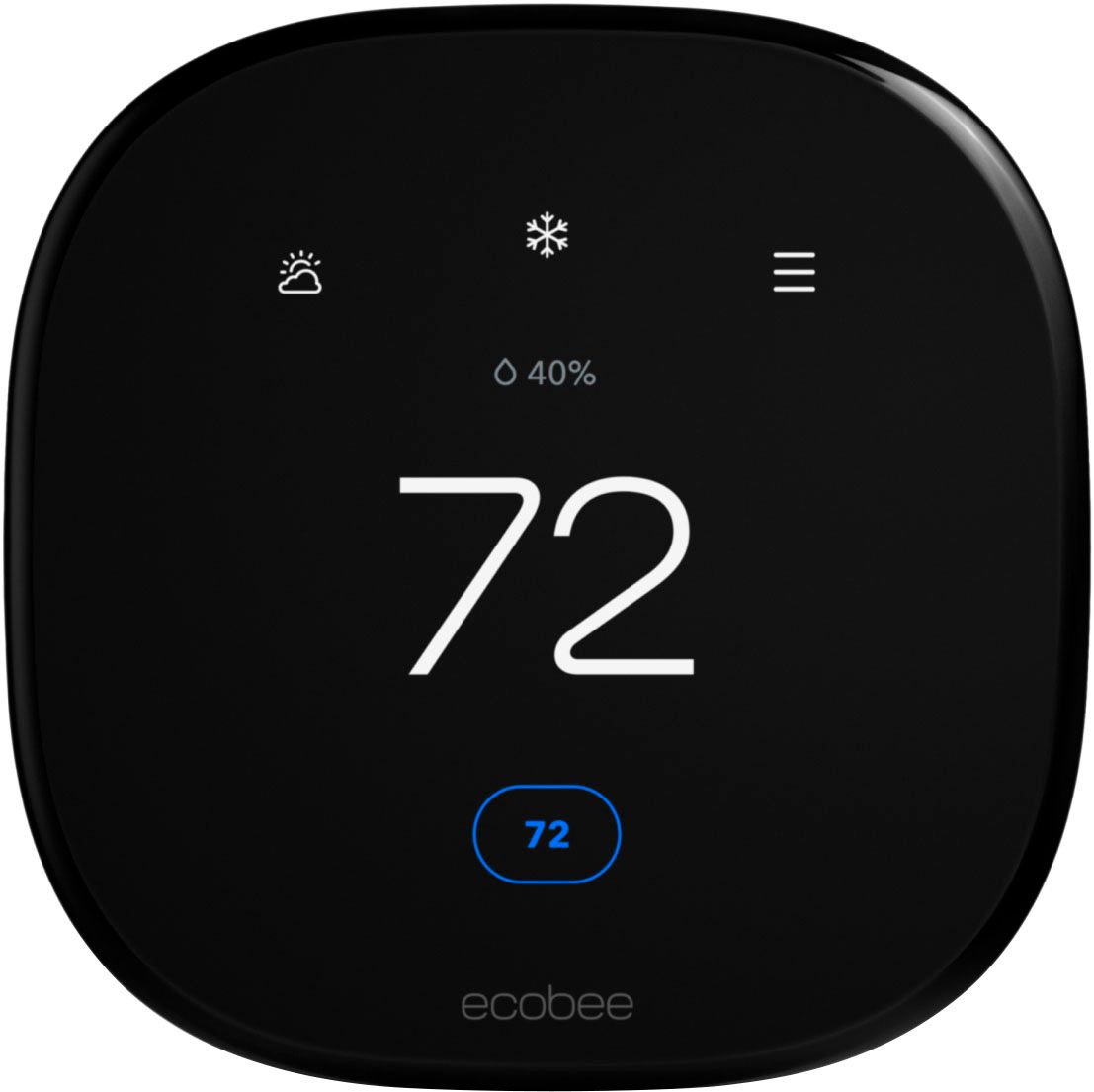
Ecobee Smart Thermostat Enhanced
A solid midrange option
Smart, but not a know-it-all
$169 $190 Save $21
The Ecobee Smart Thermostat Enhanced reigns as one of the best midrange smart thermostat options. It lacks some flashier features its premium sibling offers, like a built-in speaker and microphone, but doesn’t sacrifice other key components, like geofencing and scheduling. With the Ecobee Smart Security subscription, this thermostat will also join other smart security devices in your home.
- Three smart scheduling modes
- Painless install
- No onboard speaker
- Adding on sensors may get pricy
Not quite ready to bite the bullet on Ecobee’s top-shelf thermostat, the Ecobee Premium? If you’re shopping for something in the midrange neighborhood (not as flashy as the Premium and not as barebones as the Ecobee3 Lite), the Smart Thermostat Enhanced lives in that perfect happy medium territory. It’s quick to install and includes a C-wire adapter kit if your home doesn’t already have the necessary wiring available to power the thermostat.
The Ecobee Enhanced is an excellent choice for homeowners looking to upgrade from an older or basic smart thermostat. It sacrifices one or two features that some homeowners may consider to be a necessity, namely the built-in speaker and microphone that effortlessly make the thermostat an extension of Alexa ecosystems. You also lose out on the onboard air quality monitor, which tracks carbon dioxide levels and other potentially harmful impurities.
But the Smart Thermostat Enhanced provides the core offerings of Ecobee’s smart thermostat lineup, plus a few compelling perks. This includes versatile voice assistant compatibility (Alexa, Google Assistant, Apple HomeKit, and IFTTT) and basic security functions like motion detection (most of this is locked behind a paid subscription, although it’s very cheap compared to most other subscription-based security systems).
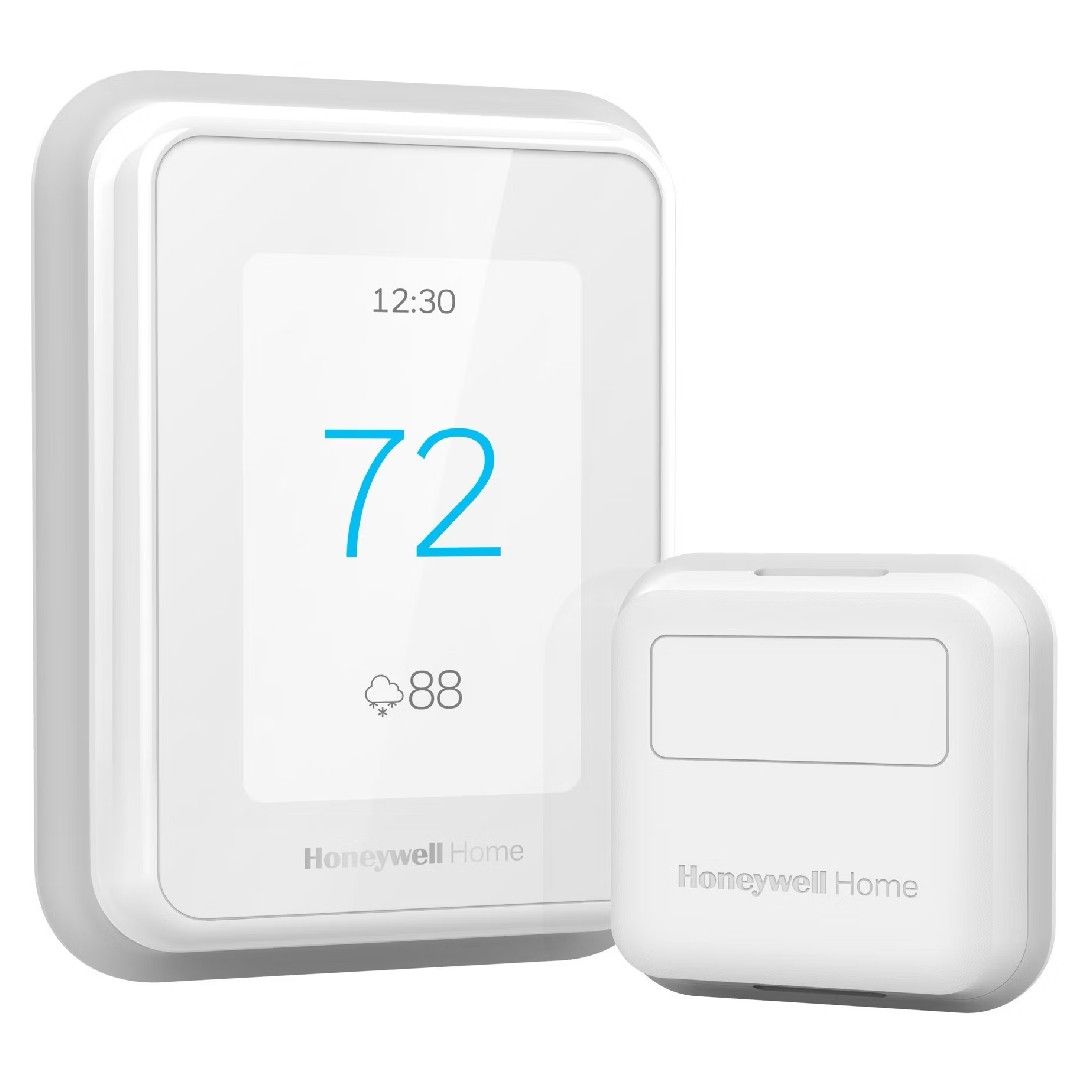
Honeywell Home T9
Great for multi-zone
Supported by a trusted manufacturer
$168 $210 Save $42
The Honeywell Home T9 is remarkably full-featured and comes with a single remote sensor with support for up to 20. Piggybacking on that, it’s the best option for controlling multiple HVAC zones, which most others can’t do. And unlike some smart thermostats, it gives you a decent amount of manual control on the unit itself in case your phone’s not on you.
- Humidity and air quality monitoring
- Dependable motion detection
- Works great with Honeywell security systems
- Not quite the same value as other premium models
Using a smart thermostat tends to get complicated when you have multiple rooms across multiple stories to keep track of. The room sensors are the real star of the show when it comes to the Honeywell Home T9, a smart thermostat option supporting up to 20 remote sensors. Each one monitors temperature, humidity, and proximity, so heating can follow you around the house and adjust accordingly. Its app is also easy to understand for the average person, with the most useful features in plain sight.
A bright, full-color touchscreen is easy to see from anywhere in the room, and its responsive touch control makes it effortless to adjust without unlocking your smartphone. Don’t have your phone on you? The Honeywell Home T9 offers an impressive amount of control directly from its panel, a characteristic not shared by some competing thermostats. It also obeys instructions from various smart assistants, including Alexa, Apple HomeKit, and Google Assistant.
The biggest gripe for many users is that the Home T9 is not the sleekest thermostat out there. Plus, it’s only available in bright white, the backing plate you might need to cover the previous hole isn’t included, and a C-wire is required for this setup.
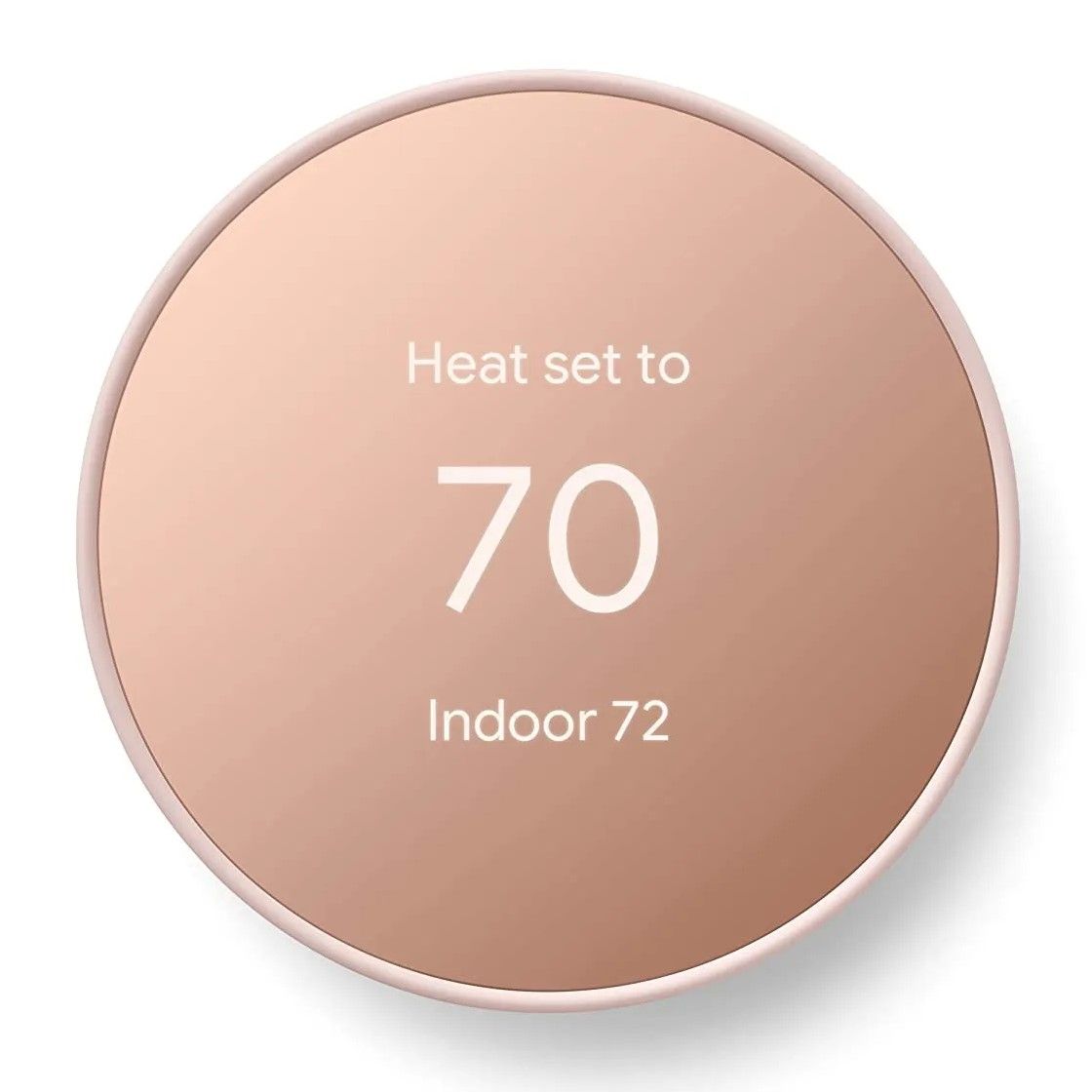
Google Nest Thermostat
For the Matter protocol
Streamlined and moderately priced
Essentially a slimmed-down version of the more costly Nest Learning Thermostat, the base model Google Nest Thermostat has some of the same features and the same simple interface at a much friendlier cost. It looks great in most homes, is simple to set up, and is the perfect budget option for Google-centric smart homes.
- Slim, minimalist design
- Works with many older HVAC systems
- Doesn’t cost a fortune
- Lacks learning algorithms
- No remote sensor support
Part of the Nest family’s appeal is its general design, and the Google Nest Thermostat holds true to that simple but good-looking standard. It doesn’t offer all the high-end features of the more costly model, especially the learning function that autonomously maintains your home’s climate after a period of behavior learning, but it is every bit as easy to use. It even supports dual-band Wi-Fi, so you won’t have to mess with your router’s 2.4GHz or 5GHz bands during initial setup.
This thermostat installs and gets up and running in just a few minutes, and naturally is best controlled by its native smart ecosystem, Google Assistant. You can set schedules for heating and cooling, establish away routines, collaborate with other devices, and more with the Nest Thermostat through the Google Home app.
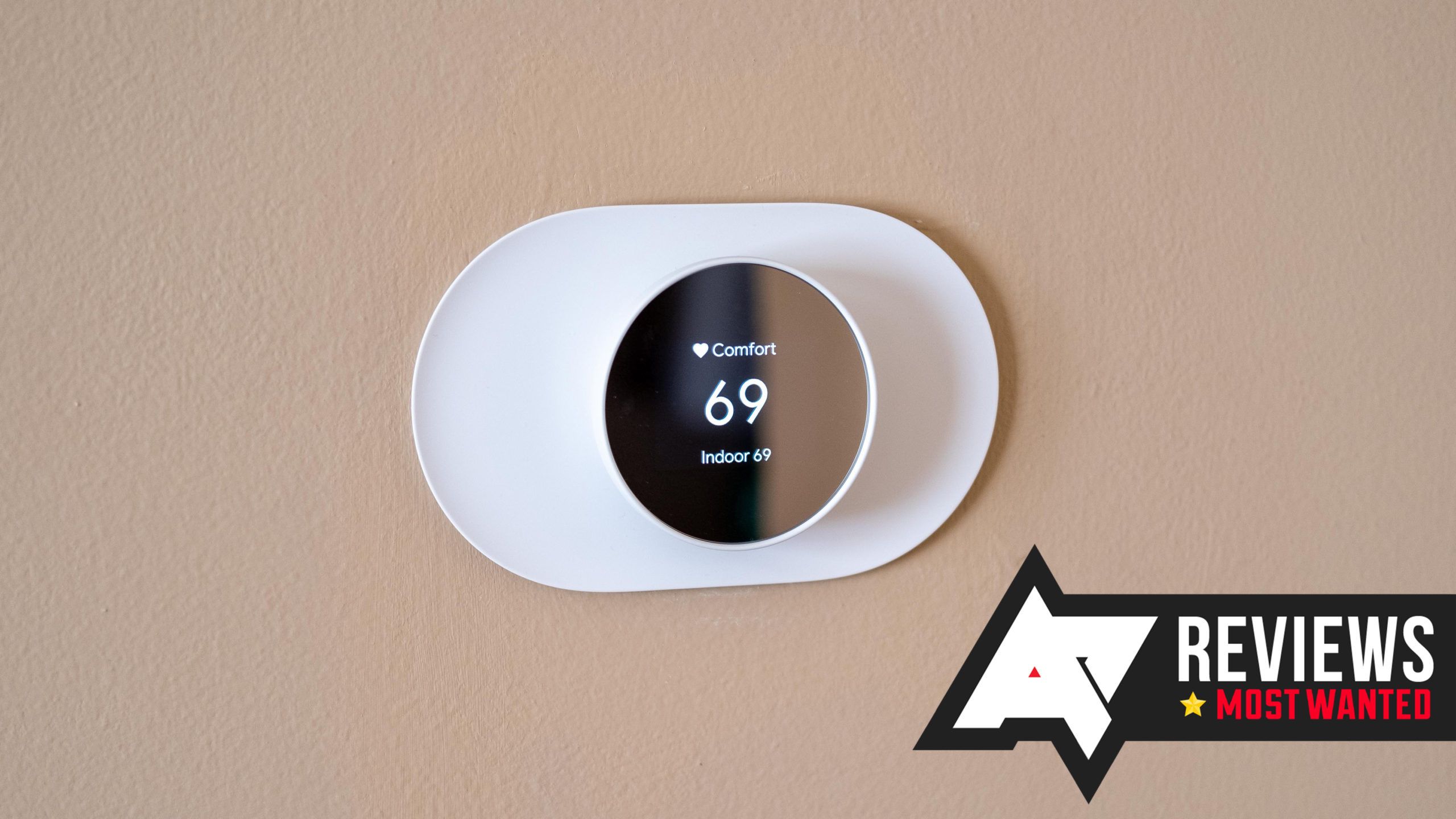
Nest Thermostat (2020) review, three months later: The smart home gateway
You can't argue with the $130 price tag
There’s a lot going for the Nest if you don’t need learning algorithms or room sensors (which the Nest Thermostat doesn’t support, by the way). It upholds Google’s reputation for user-friendly operation, and the radar-based motion detector is especially effective. Plus, it looks great despite being made largely from plastic rather than metal — although we really miss the rotating ring used in the design of older thermostat models.
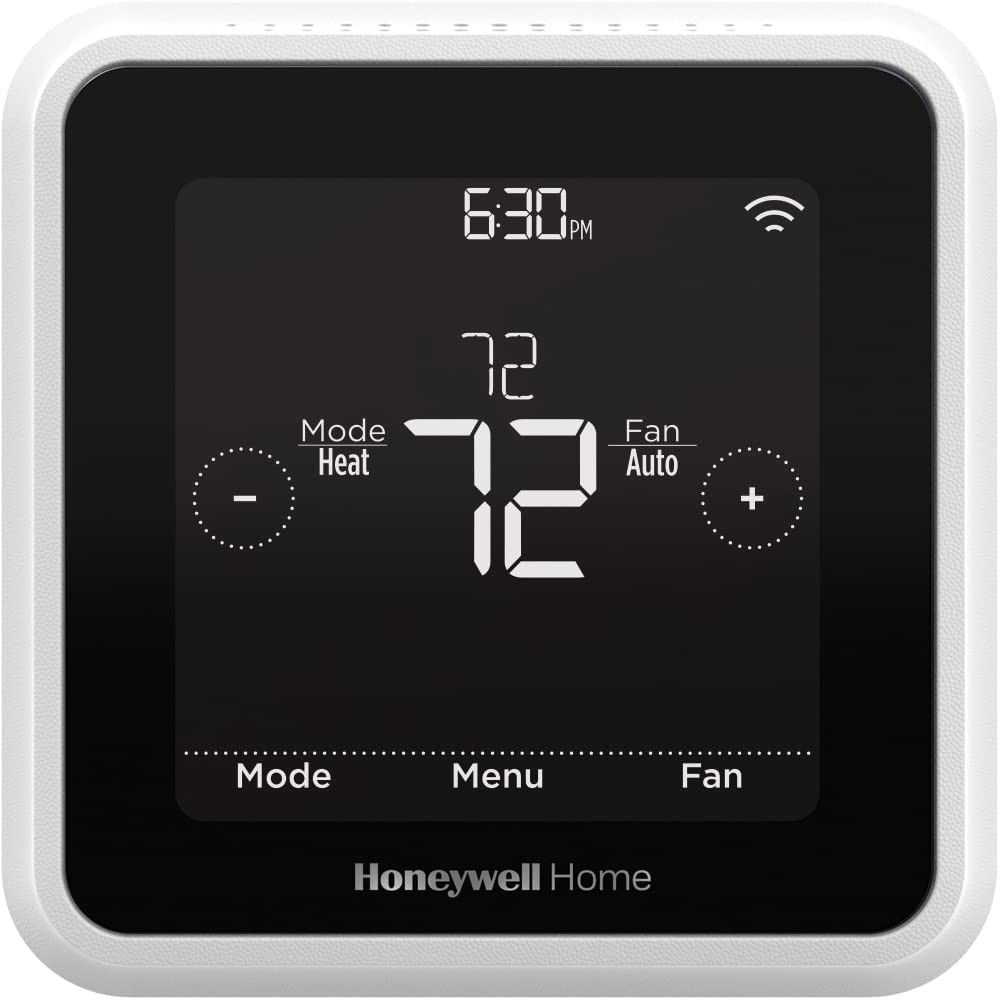
Honeywell Home T5 Gen 2
Great for existing C-wire setups
Has an amazing scheduling feature
$95 $100 Save $5
Cool and heat your home only when needed with the Honeywell Home T5 — a reliable smart thermostat that offers 7-day scheduling programs for user convenience. You can easily integrate it with Google Assistant, Amazon Alexa, Apple HomeKit, SmartThings, IFTTT, and Cortana. Plus, the wide screen gives you quick access to the info you need.
- Location-based monitoring
- Great app support
- Tricky to install without a C-wire
The Honeywell Home T5 Gen 2 utilizes geofencing technology to ensure the temperature in your home is regulated based on whether you are there or not. This is great because the HVAC system will only heat or cool the air when it’s necessary — when it detects someone leaving or arriving home — thereby lowering your electricity bill. Simply link the thermostat to your phone via the Resideo app, and you’ll be good to go. You can also use the weekly scheduling feature to choose when to regulate your home temperature.
To make it even more convenient, the T5 can work with virtually all major smart ecosystems, so you can pair it up with Alexa, Apple HomeKit, Google Assistant, SmartThings, IFTTT, and more. It’s also easy to install if you have a C-wire — but unfortunately, it is a bit convoluted to do so without one.
The good thing about this thermostat is that it will always alert you when the room temperature is extremely high, allowing you to make quick adjustments before things get out of hand. It’ll also let you know when to change the filter in your HVAC system. This thermostat is an excellent choice for shoppers looking for value in the midrange territory, but want to see options outside of Amazon and Google’s native thermostats.
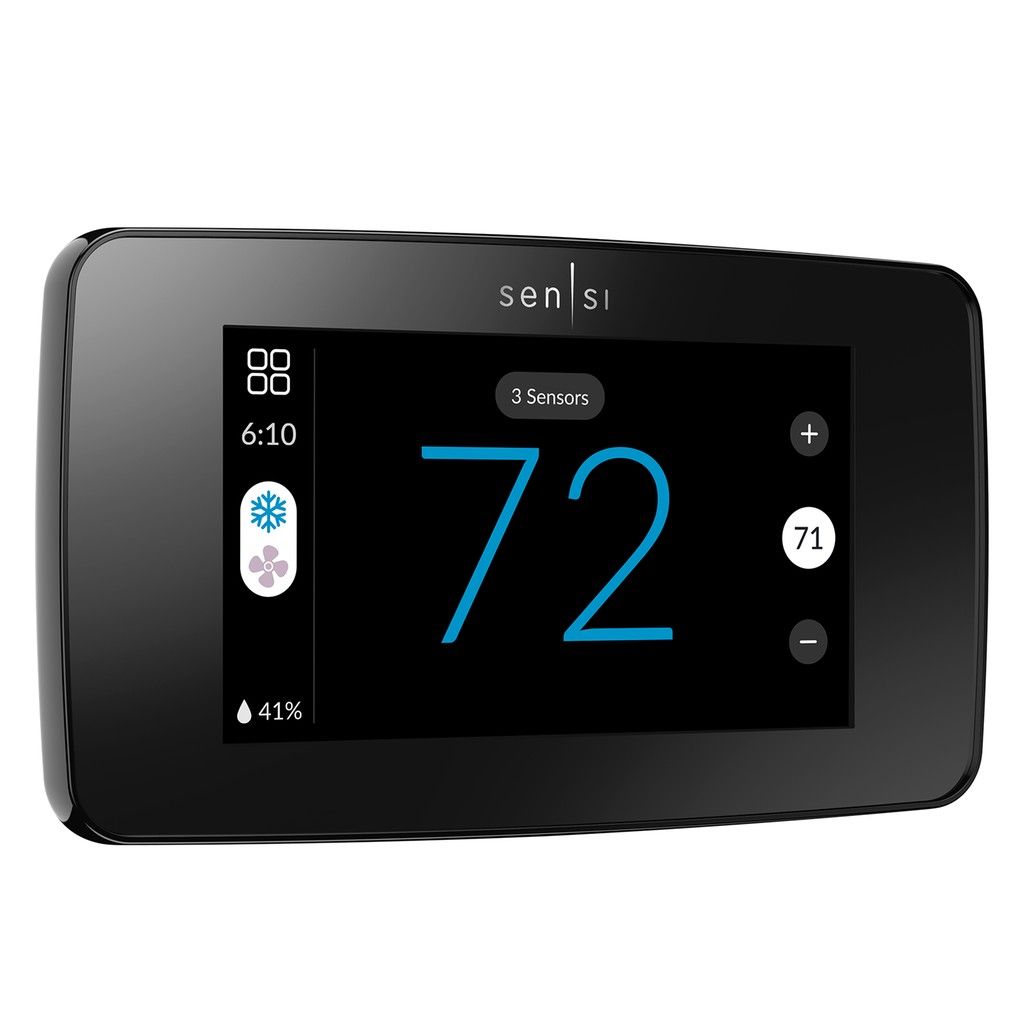
Emerson Sensi Touch 2
Great on-unit control
An Ecobee and Google challenger
$188 $210 Save $22
The Sensi Touch 2 brings Emerson’s Sensi family in line with the high-end offerings from companies like Google and Ecobee. That includes effective geofencing control, extensive room sensor support, and long-term usage statistics. It’s also worth noting that most users find the app considerably easier to use than other smart thermostat apps.
- Large, responsive touchscreen
- Extensive on-device controls
- App is extremely easy to use
- Among the most expensive
- HomeKit support has been removed
If you’re willing to invest some cash, the most recent Sensi Touch thermostat has nearly every smart feature you’ll need. That includes in-depth energy monitoring for long-term optimization, reliable geofencing, and extensive programming and scheduling options. Its bright touchscreen isn’t just easy to read; it also gives you control over almost all the functions possible, so you don’t have to hunt down your smartphone whenever you want to adjust something.
The Sensi Touch’s minute-by-minute energy trend breakdown, ultrawide display, and highly customizable program options (configuring up to eight climate programs per day) make the Sensi Touch 2 an easy choice for homeowners ready to take the plunge into premium thermostats. Keep in mind that this thermostat requires a common wire (C-wire).
There are a couple of notable caveats to this model. One is that some users had minor installation and setup issues, so consider professional installation or be prepared to call customer support if necessary. Emerson has also revoked support of Apple HomeKit in its smart thermostats, unfortunately diminishing this option’s appeal for Apple users. There’s still compatibility for Amazon Alexa, Google Assistant, and Samsung SmartThings, though. Lastly, we’d expect to see dual-band support in a thermostat at this price range, but the Sensi Touch 2 only supports 2.4 GHz networks.
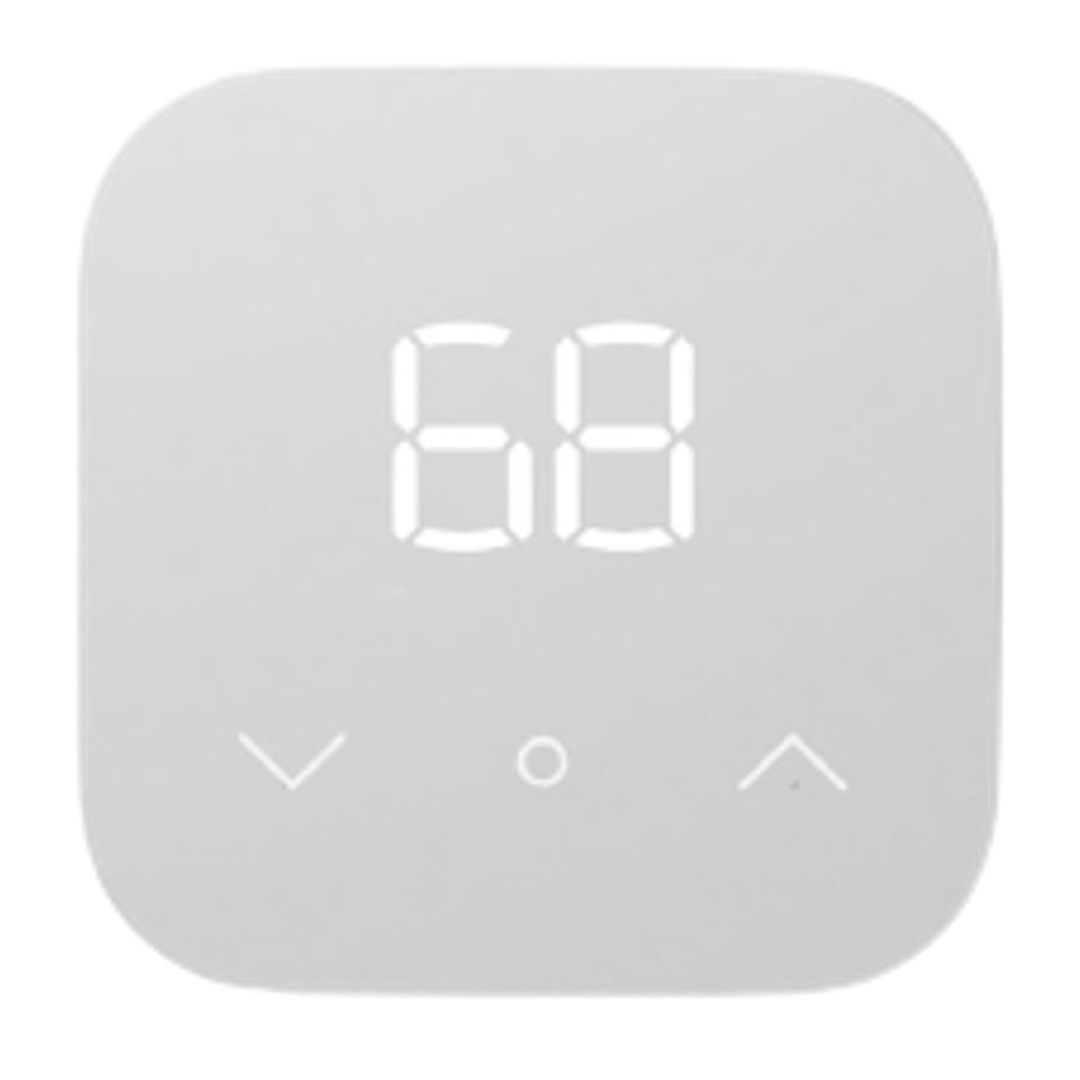
Amazon Smart Thermostat
Simple and cheap
Barebones remote HVAC access
They don’t get any simpler or more affordable than the Amazon Smart Thermostat. It gives you basic scheduling abilities and Alexa voice control but not a whole lot else. On the other hand, it’s particularly nondescript and the least expensive smart thermostat worth buying.
- A rock-bottom bargain
- Dependable Alexa compatibility
- Supports Amazon Hunches learning feature
- Few advanced features
- No other smart ecosystem support
If you want something smart but not too complicated without spending a fortune, the Amazon Smart Thermostat is ideal as long as you plan on using the Alexa ecosystem. Of course, you should expect some integration issues if your home uses a Google Assistant, Apple HomeKit, or other smart assistant ecosystem. Amazon’s basic smart thermostat is designed to work with its own Alexa, or Ring devices.
On the surface, there’s not a lot to this model, with only minimal smart features available, such as home/away/sleep detection and remote access. It’s a good step up for homeowners new to the smart gadget game who want to keep their costs and risks low. The understated, unobtrusive design of Amazon’s thermostat is a minimalist’s dream, too, and the device installs in just a few minutes.
However, it’s worth pointing out that it supports the Amazon Hunches smart learning feature. This program uses data from any additional Amazon Echo smart devices around your house to track your habits and adjust itself accordingly. This system isn’t perfect yet, certainly not yet as refined as Google Nest’s learning functions, but it is an interesting and useful inclusion on this highly affordable thermostat.
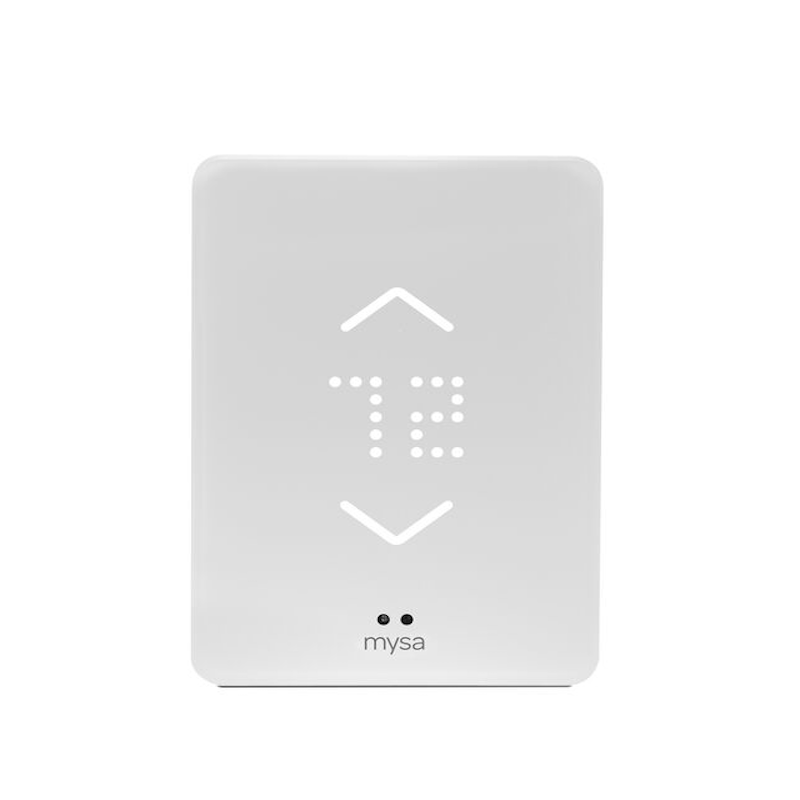
Mysa SmartThermostat
For uncommon heating and cooling systems
Smart HVAC for old homes
Homeowners using less common or older heating and cooling systems, like in-wall heaters, baseboard heaters, or other high-voltage electric setups, have faced years of frustration, being denied compatibility with mainstream thermostats. The Mysa Smart Thermostat finally bridges the gap between these uncommon HVAC systems, offering all the standard smart thermostat characteristics, including voice assistant compatibility and scheduling.
- Great choice for systems that can’t support mainstream thermostats
- Versatile voice assistant compatibility
- Doesn’t work with some climate systems
- May need to spend a while installing
Shoppers with unusual heating systems are used to being left out of the smart thermostat club. Whether it’s in-wall heaters, electric baseboards, or any other form of high-voltage electric system, the wiring and electrical needs of these (usually) older HVAC units are just too different for mainstream thermostats to support them.
There’s good news and bad news for homeowners left in the dust by big-brand thermostats. The exclusivity seal on smart thermostats has been broken, thanks to devices like the Mysa Smart Thermostat. It offers dedicated models for electric baseboard heaters, in-floor heating, and mini-split systems. The Mysa still supports major voice assistants, including Alexa, HomeKit, and Google Assistant, and still enables heating and cooling automation, vacation modes, and energy-saving assistance.
The bad news is that, because some older HVAC systems like electric baseboard systems operate as independent units in each room or zone, you may need to purchase more than one thermostat. For example, if your living room baseboards can be adjusted independently of your bedroom baseboards, then each of those systems will need its own smart thermostat. The Mysa app helps you easily manage all the systems, though.
Do you need a C-wire to use a smart thermostat?
The C-wire or common wire provides constant power to a thermostat, but not all homes have one. Luckily, many smart thermostats offer a C-wire adapter, so there’s a good chance you can still use them. The only models that definitively do not require constant wired power are the Google Nest Learning and Emerson Sensi Lite thermostats. The Nest Learning siphons off enough power from the main HVAC circuit to recharge its battery, while the Sensi Lite can use a pair of AAA for several months before replacement.
Can you install a smart thermostat by yourself?
Simple electrical work like installing a thermostat isn’t exactly difficult, but it can still be hazardous for the novice homeowner. If you have any electrical experience, attention to detail and precision is important.
You will need to connect wires to a thermostat that will eventually carry considerable voltage (although you always need to turn off the circuit breaker when working with wiring). It’s doable for the savvy DIY-er, but don’t hesitate to hire an electrician if you’re not 100% confident and comfortable installing it yourself.
Which are the best high-end and low-cost smart thermostats?
The Google Nest Learning Thermostat gets tons of hype for very good reasons. Its AI optimization allows you to set it and forget it, and after a few weeks, you’ll only rarely have to adjust it manually. On the other hand, if your routine changes a lot, it’s easy to update the schedules and utilize all the device’s smart features. The only drawback is the price, which is still the best for many people. If you’re working with anything other than the Google ecosystem, the Ecobee Premium is your best bet. Aside from more compatibility, the thermostat offers many features for the cost, including a remote sensor and air quality monitoring.
If you’re looking to save money instead, check out the Emerson Sensi Lite, a new entry into the budget-friendly category. It’s more simple than it is smart, but it does give you the remote access and programming features that make smart thermostats so great.
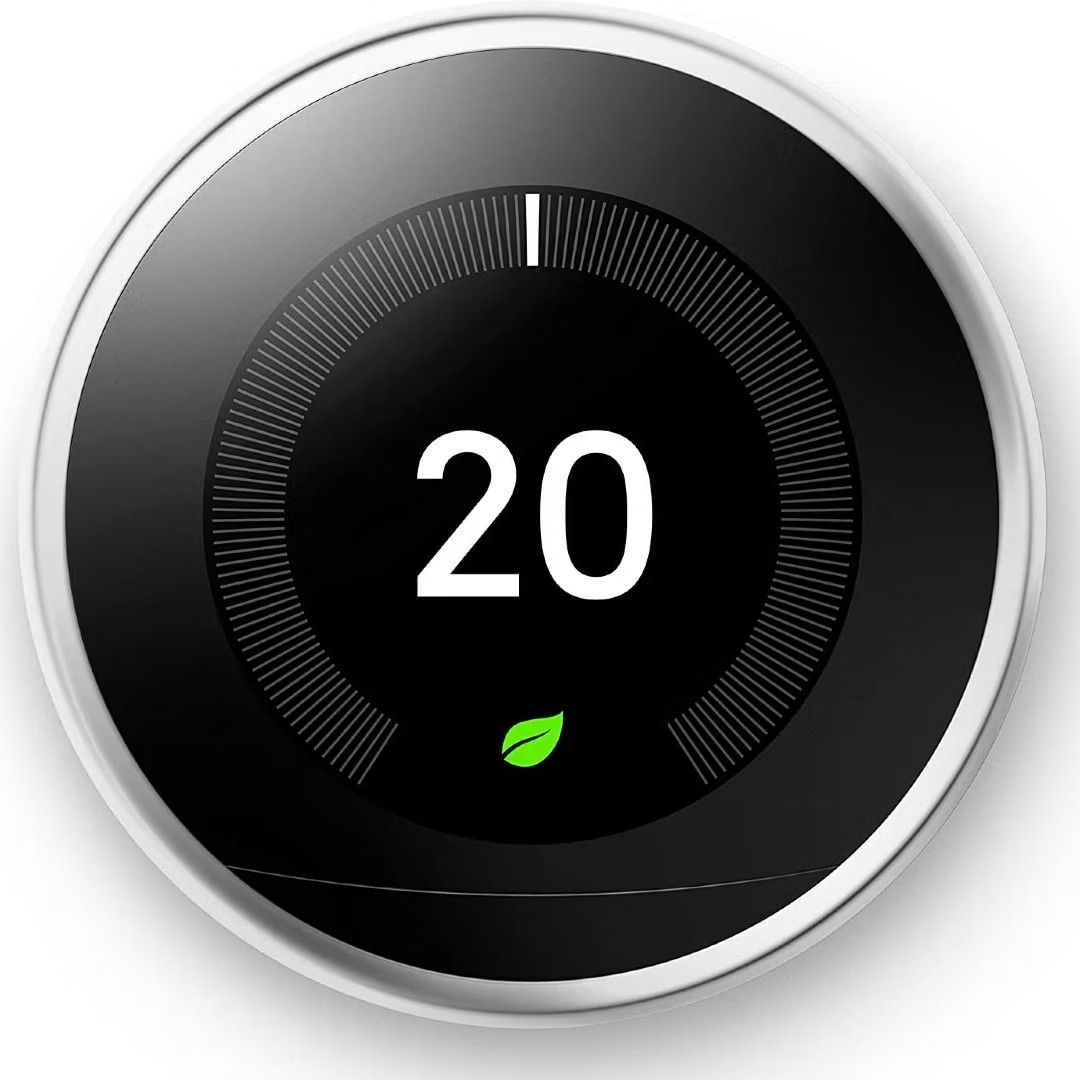
Google Nest Learning
Best overall
Intuitive, user-friendly interface
Google’s Nest Learning Thermostat offers roughly the best feature set and almost certainly the nicest appearance and best AI optimization functionality of all smart thermostats.
